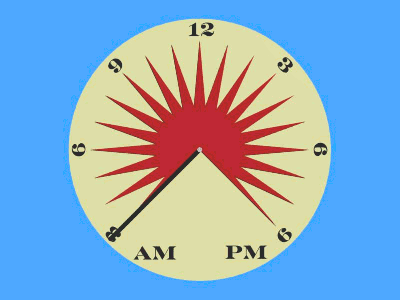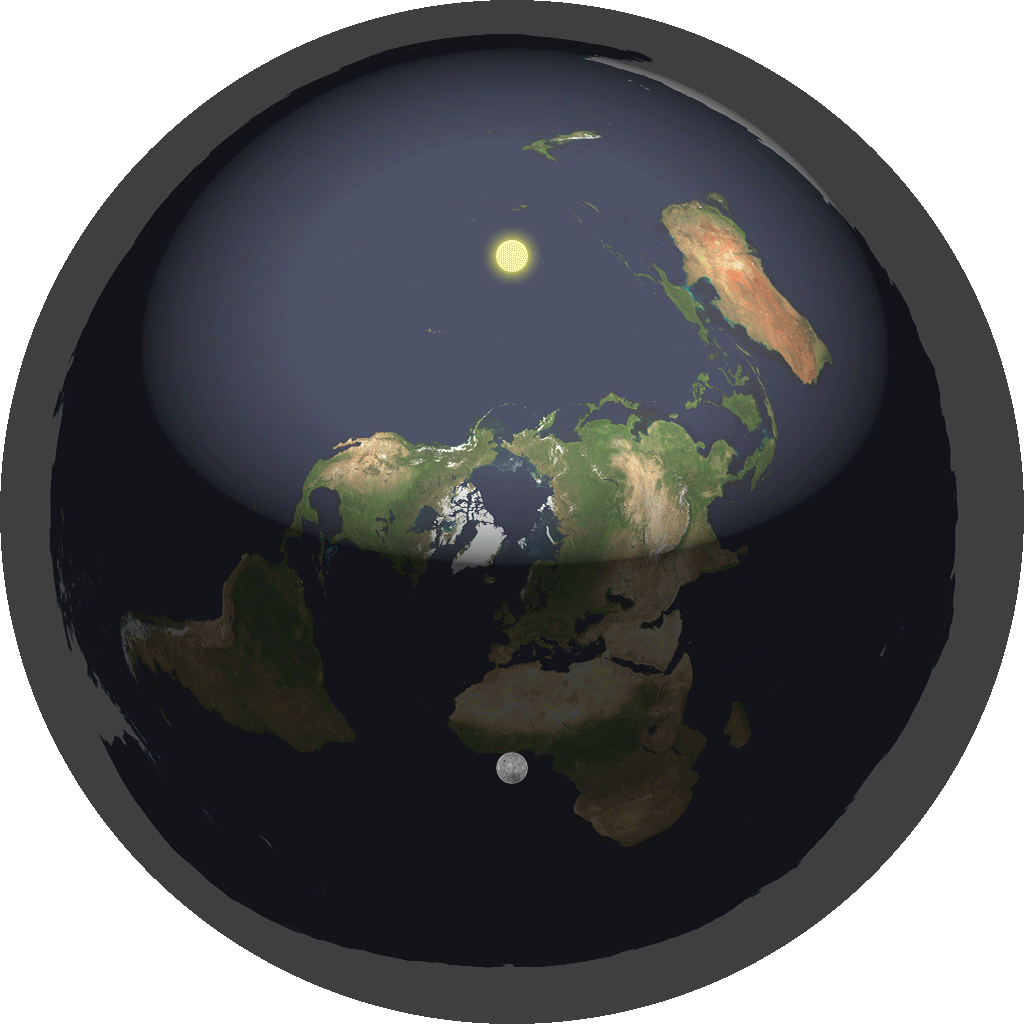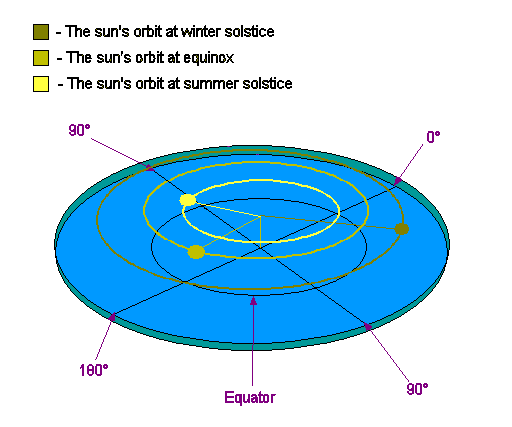A quick search of the site for the terms "sundial" and "dial" reveals little "dial"ogue on the subject. But this site's model of the sun
cannot operate all sundials correctly. I'm including the following images:
1. A working sundial located in Singapore
2. An animation of a generic equatorial sundial with a flat dial.
3. The FES Sun animation.
4. The FES seasons illustration
To make a sundial work the way it works, the Sun must be
apparently traversing a constant speed arc across the sky. For a given point on earth, there are various ways this could work, including a) the sun orbiting the earth, b) the earth rotating on its axis, and c) the sun passing overhead at variable speed. But for
all points on earth, this cannot work by method c.
The FES Sun animation does not make the sun
apparently traverse a constant speed arc across the sky. And of course undulations necessary for the moon phases complicate the problem.
Sundials come in many designs, and sundials have been used for over 3000 years. Consider this sundial with a curved dial located in Singapore, almost at the equator. Also consider the generic equatorial sundial animation. Both required the Sun to traverse the apparent constant speed (tangential or angular) arc.
1. A working sundial located in Singapore

2. An animation of a generic equatorial sundial with a flat dial.

3. The FES Sun animation.

4. The FES seasons illustration
